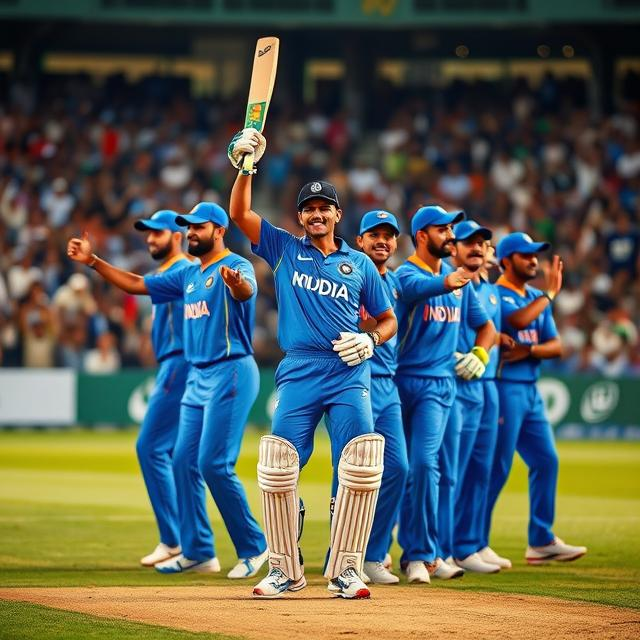Pakistan Cricket Performance: A Graph of Ups and Downs
Pakistan Cricket Performance: A Graph of Ups and Downs
Pakistan cricket has a rich history, punctuated by periods of exhilarating success and heartbreaking setbacks. From legendary figures to modern stars, the nation’s journey on the world stage has been one of dramatic highs and lows. This article delves into Pakistan’s cricketing performance, examining its triumphs, failures, and the factors that have shaped its fluctuating fortunes, presenting a detailed analysis to shed light on the intricate graph of its progress.

Note: This analysis is based on available data, including match results, player statistics, and tournament performances. Due to the dynamic nature of cricket, this is not a static representation.
The Golden Age and the Rise of Legends
Pakistan’s cricketing journey began with a remarkable showing, particularly in the 1970s and 1980s. This era witnessed the emergence of iconic figures like Imran Khan, Javed Miandad, and Wasim Akram. These players, renowned for their exceptional skills and leadership, propelled the national team to significant victories in Test matches and ODI series. Their aggressive, boundary-hitting style captivated fans worldwide, creating a sense of national pride that transcended the game. This period laid a strong foundation for future generations, establishing a winning culture within the Pakistani cricketing ecosystem. The victories served as a critical catalyst for the development of the sport within Pakistan.
The dominance of these players wasn’t just about individual prowess; it also reflected a strong team spirit and a national desire for success. The unwavering support of the Pakistani fans played a crucial role in fueling the team’s performances. The atmosphere surrounding matches, filled with fervent passion and unwavering belief, created a unique environment that empowered the players.
The Rise and Fall (and Rise Again?)
Following this glorious era, Pakistani cricket faced several challenges. Internal issues, controversies, and inconsistent selection strategies led to a decline in performance. Despite occasional flashes of brilliance, the team struggled to consistently replicate the success of the 1980s. This period brought about questions regarding the administration’s effectiveness and the overall management of the national team.
However, there were moments of resurgence. Pakistan showcased their potential intermittently, demonstrating flashes of the skill and determination that had once defined their teams. These moments served as encouraging signs, reminding everyone of the team’s inherent talent and suggesting the possibility of future glories.
Modern Challenges and New Heroes
The 21st century brought a new set of challenges and expectations. New players emerged, promising to reignite the team’s passion and propel them to glory. We saw a significant emphasis on developing young talent, hoping to establish new legends who could lead the team to the top of the cricketing world.
The successes of recent years have been tempered by significant setbacks. The rise of other powerful cricketing nations brought new competitors into the fray, leading to tighter competitions and stiffer challenges.
Furthermore, the fluctuating fortunes of players due to injuries, inconsistent form, and evolving strategies in international cricket have been key factors affecting Pakistan’s performance. These factors played a significant role in the team’s performance, influencing its journey with both highs and lows.
Factors Affecting Pakistan’s Performance
Several factors contribute to Pakistan’s fluctuating performance. These factors range from on-field issues, like player form and strategic errors, to off-field challenges, like controversies and political influences. This multifaceted nature of challenges calls for a holistic understanding of the team’s struggles and successes.
- Player Form and Fitness: Fluctuations in individual player performance, injuries, and inconsistent form often have a direct impact on the team’s overall performance. Sustained peak performance requires consistent effort and a commitment to staying fit.
- Strategic Decisions: Strategic choices made during matches, including batting strategies, bowling plans, and field placements, can dramatically affect the outcome. Effective strategies are essential for success.
- Team Dynamics and Mentality: The chemistry and morale of the team are crucial. A positive team environment, strong leadership, and a focused mindset are essential for optimal performance. Disagreements and internal conflicts can lead to a decline in performance.
- Administrative and Infrastructure Issues: Factors like the effectiveness of the cricketing administration, the availability of adequate training facilities, and the general support system for players also significantly impact performance.
- External Factors: Economic conditions, political tensions, and other external issues can influence player morale and the overall environment. This calls for a holistic approach to understanding the factors behind Pakistan’s performance. The complexities of international cricket demonstrate how various external factors can impact a team’s success.
Looking Ahead
Pakistan cricket’s journey is one of constant evolution. The team’s triumphs and setbacks are a testament to the dedication of players and the unwavering support of fans. The future hinges on addressing the challenges identified, fostering a consistent winning culture, and ensuring that all players are given the opportunities they need to succeed.
With renewed focus on player development, strategic planning, and consistent support, Pakistan has the potential to reclaim its place among the cricketing elite. The future of Pakistan cricket is certainly uncertain, but the potential for future glory remains tangible.
This article provides a multifaceted examination of Pakistan’s cricketing performance. It emphasizes the significance of the historical context, the influence of various factors, and the potential for future success. By comprehensively analyzing both successes and failures, we can gain a deeper understanding of the complex path to cricketing excellence. Pakistan’s journey, etched with both triumphs and setbacks, is a testament to the enduring spirit of the game.